No Water, Mo’ Problems: A Look at the Recent Drought in California
Although written during the date provided, this article was republished during 2020 by Nicolas Gorman to put it on the website. The author is unknown.
On Jan. 23, Sacramento broke a 130-year record with its 47th consecutive winter day without rain. Gov. Jerry Brown has declared a drought emergency.
Farmers fight over water in the state annually without a drought to encourage them, this will put a serious strain on the state financially and threatens to end the livelihoods of hundreds of hard working Americans.
Unlike many natural disasters, we caused this. This drought, as well as other weather phenomena currently rocking the United States, reminds us of the damage that human interference in the natural world can cause.
Disruption of currents and weather patterns like the infamous El Niño and the more recent disrupted polar vortex, which has been flinging sub-zero weather throughout the U.S. mainland, are all associated with man-made climate change.
Although a drought and a country-wide blizzard may not at first glance seem similar, they both in fact are caused by the same disrupted weather cycles. Less snowfall and sea ice causes the polar vortex, a normal feature of the Arctic region, to become distorted, meandering southward into the American South, causing low weather records throughout the region.
Though opponents of climate change research may falsely claim that this cold weather is not part of a trend popularly known as “global warming,” this is not only a misinterpretation, but a misinformed declaration lacking scientific merit. The term “global warming” has long since been abandoned by the scientific community and replaced with the more accurate “climate change.”
A 97-98 percent consensus exists among climate scientists according to surveys of peer-reviewed scientific literature and the expert opinions of relevant scientists that humans are causing climate change. Despite this, the US has the lowest percentage (40 percent) of citizens in the world that cite climate change as a major threat to their country according to Pew Research Center.
According to the same study, 88 percent of Democrats believe solid evidence on climate change exists (up 75 percent from 2009) and only 50 percent of Republicans believe the same thing (up 35 percent from 2009).
Still, climate change is creating problems in the real world, more than just in projections and graphs. The issues are here now, and we need to be able to deal with them.
What level of economic disruption will be required to get politicians interested? Is $30 billion of weather-related damage in 2012 enough? Or 5 million deaths a year directly caused by changing weather patterns. The extreme weather is taking a toll on our economy and population, yet still nothing substantial is being done.
The Copenhagen Consensus Center reports that, through adaptation measures, we may be able to keep the annual costs of climate change below $1 trillion a year until 2050. Are spend-thrifty demagogues in the Republican party going to allow this unnecessary expense to hit the United States economy, or does their hypocrisy extend this far?
The world and its people should encourage active skepticism and in some cases even require it, but blatant disregard of the facts masquerading as political even-handedness needs to end in the name of sanity and public interest. The refusal of a significant chunk of the population to adjust to, or even acknowledge the effects of climate change, has the potential to claim even more dollars and lives.

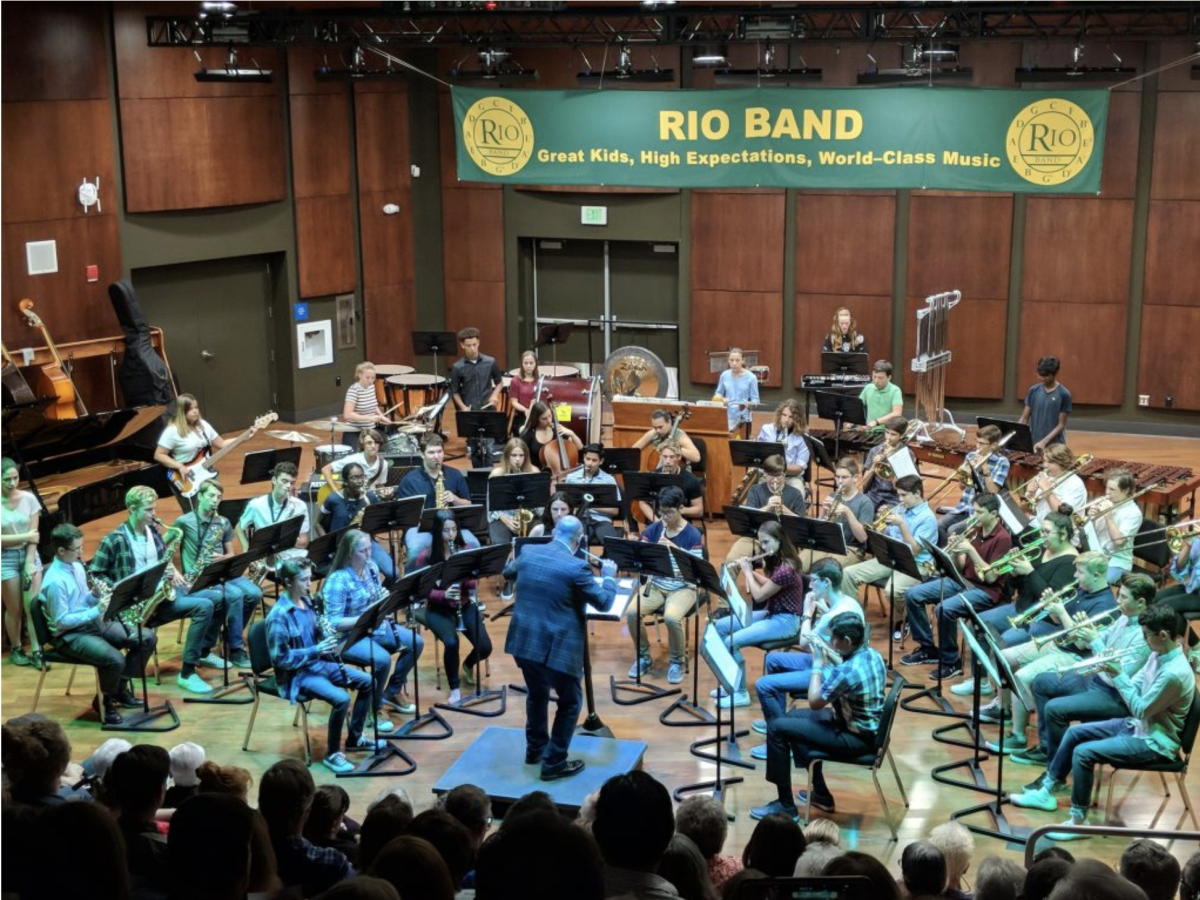

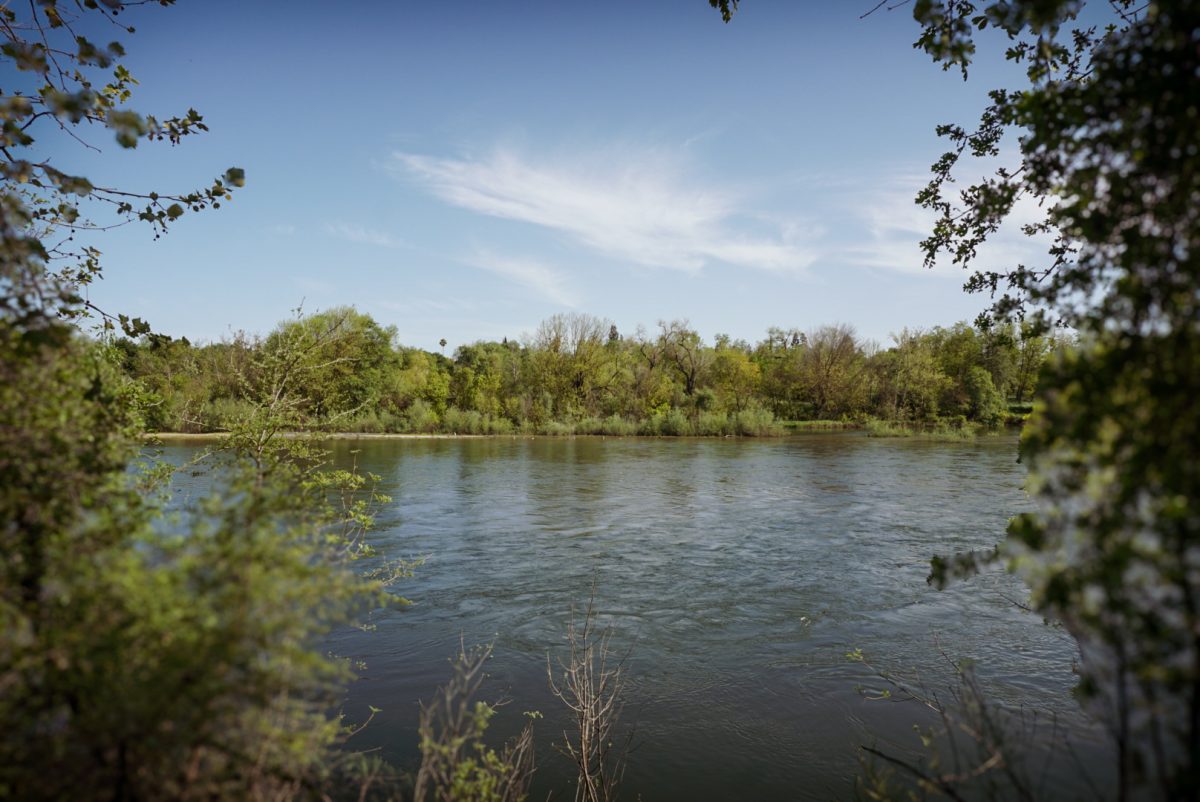
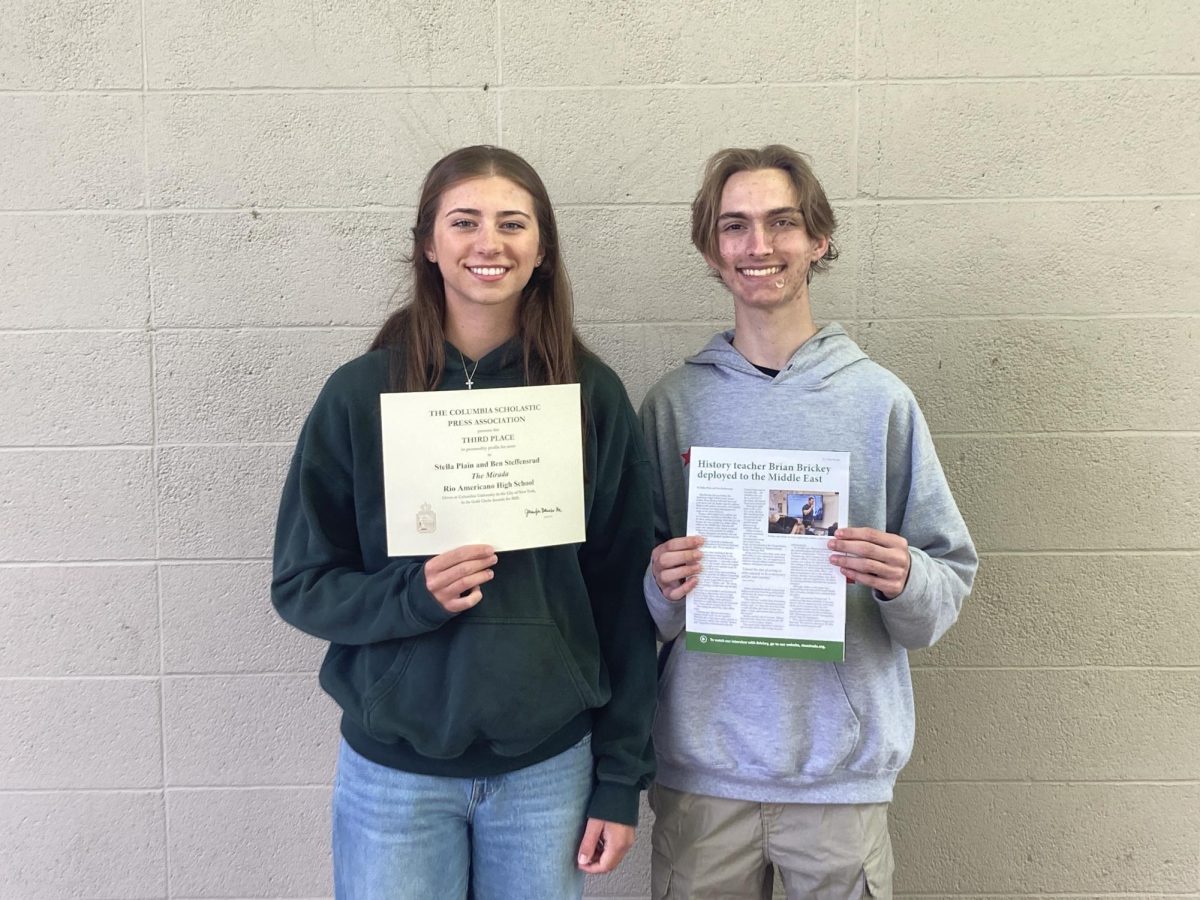
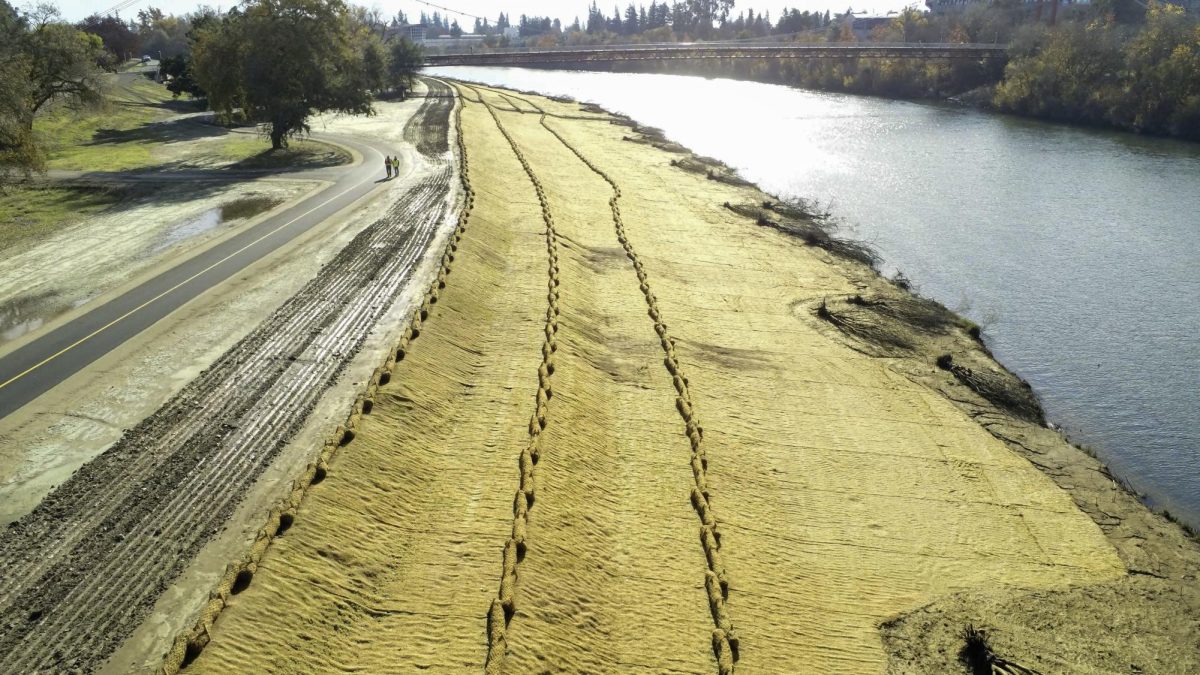









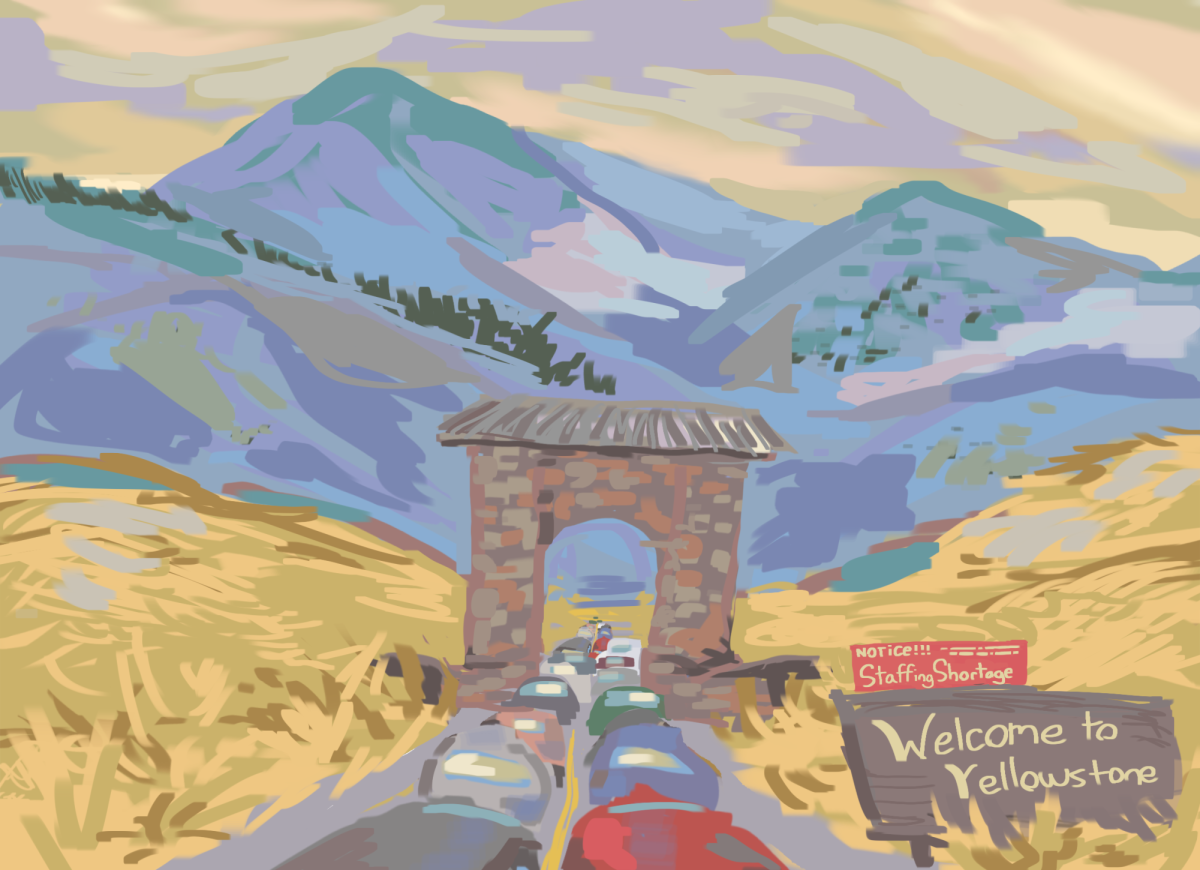
















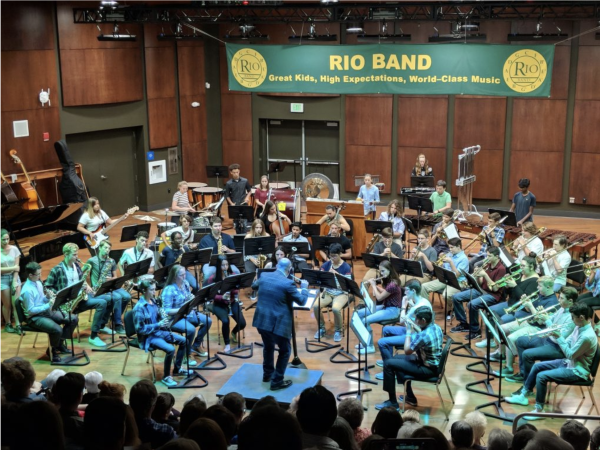

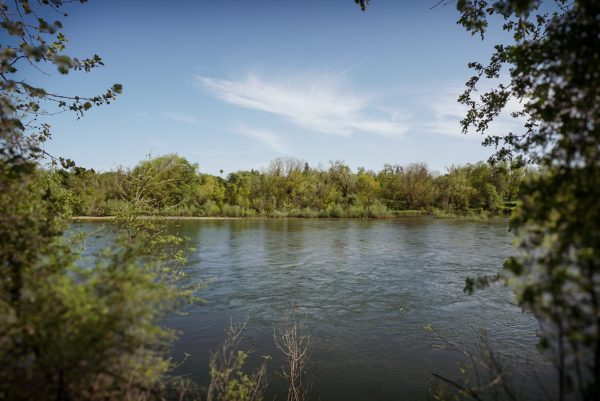

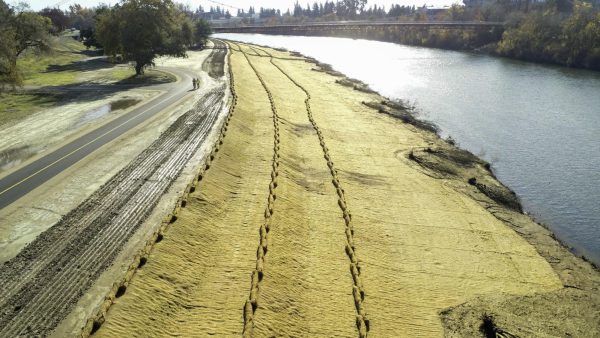
Philip Yaffe • Mar 20, 2014 at 8:55 AM
For Immediate Release
Contact: Philip A. Yaffe
Email: [email protected],[email protected],
** Review copy available on request **
U.S. Constitution Revised, Updated, Simplified for the 21st Century
If the United States Constitution were written today, it would have pretty much the same content as the original but would look different, be organized differently, and would be considerably easier to understand. When author Philip Yaffe decided to write an everyman’s guide to the Constitution, he conducted an internet search to find such a document as a good place to start. Surprise, there wasn’t one!
“I put in every combination of search words imaginable into several internet search engines and kept coming up empty. I couldn’t believe that no one had ever done such an update of the Constitution, so I decided to do it myself.”
This seemingly one-of-a-kind updated Constitution is a key section in the author’s new e-book book, The U.S. Constitution: The Essential Ten Percent.
“One of the things that make reading and understanding the Constitution somewhat difficult, aside from its rather archaic language, is that it is never updated. Whenever changes are made, they appear in a list of amendments at the end of the document, not in the body. Thus, if you go through it from start to finish, you will read certain things you will discover only at the end that are no longer valid,” Mr. Yaffe explains.
The Updated Constitution excludes all text deleted by amendments from the original Constitution and all text rendered invalid by legislation, historical events, or other factors. The list of amendments, of which there are 27, has been entirely integrated.
For easier reading, most of the archaic phraseology, punctuation, and word capitalizations used in the original Constitution have been updated to modern standards. For easier understanding, the Updated Constitution is also somewhat reformatted. In particular, there is a new section called “The Rights and Freedoms of the People.”
“There is a misconception that the Bill of Rights, the collective name of the first 10 amendments to the Constitution, spells out all the rights and freedoms of the people. However, other rights and freedoms are also in the Constitution, either in the original body or in later amendments. This section brings all the rights and freedoms guaranteed by the Constitution into a single place, for better understanding and for easy reference,” Mr. Yaffe says.
A second key chapter of the e-book is a line-by-line analysis of the original Constitution, both body and amendments. Here, in layman’s language Mr. Yaffe explains crucial philosophical and historical pressures that shaped the Constitution, starting from the original document through to the last of the 27 amendments, which was adopted into the Constitution in 1992, some two centuries after it was originally proposed.
Other chapters in the book include:
• Misconceptions about the Constitution
• Quotations about the Constitution
• Jokes about the Constitution
• Failed Constitutional Amendments
• The Declaration of Independence
• The Articles of Confederation
• The Gettysburg Address
There is also a short essay titled “Would the United States of America Be
a Valid Model for a Future United States of Europe?”
“I have been living in Brussels, Belgium, since 1974. Every time a U.S. general election rolls around, I get questions about how Americans elect their president and vice president, and why the election system is so complicated and bizarre. Each time I explain as best I can. Then during the 2012 election, the thought occurred to me that if the current European Union ever evolves into a true United States of Europe, its political structure and election system will probably be quite similar to that of the United States.
“Europe and the U.S. of course are dramatically different in terms of their histories and cultures. Nevertheless, the parallels between the United States of America and a future United States of Europe are striking,” Mr. Yaffe points out.
“In short, The U.S. Constitution: The Essential Ten Percent is not a substitute for more extensive books on the subject. Rather, it is a kind of prequel. Its objective is to make reading these other books easier and more fruitful,” he concludes.
—————————
Philip A. Yaffe was born in Boston, Massachusetts, in 1942 and grew up in Los Angeles, where he graduated from the University of California with a degree in mathematics and physics. In his senior year, he was also editor-in-chief of the Daily Bruin, UCLA’s daily student newspaper.
He has more than 40 years of experience in journalism and international marketing communication. At various points in his career, he has been a teacher of journalism, a reporter/feature writer with The Wall Street Journal, an account executive with a major international press relations agency, European marketing communication director with two major international companies, and a founding partner of a specialized marketing communication agency in Brussels, Belgium, where he has lived since 1974.
Books by this Author
• The Gettysburg Approach to Writing & Speaking like a Professional
• The Gettysburg Collection:
A comprehensive companion to The Gettysburg Approach to Writing & Speaking like a Professional
• Actual English: English grammar as native speakers really use it
• Gentle French: French grammar as native speakers really use it
• What’d You Say? / Que Dites-Vous?
Fun with homophones, proverbs, expressions, false friends, and other linguistic oddities in English and French
• The Little Book of BIG Mistakes
• Myths and Misconceptions:
Things We Know that Just Aren’t So
• Extraordinary Ordinary Things
• One-line Wonders: Humor in the Fast Lane
• The Eighth Decade: Reflections on a Life
Books in “Major Achievements of Lesser-known Scientists” Series
• Astronomy & Cosmology: Major Achievements of Lesser-known Scientists
• Human Biology: Major Achievements of Lesser-known Scientists
Books in “The Essential Ten Percent” Series
• College-level Writing: The Essential Ten Percent
• Human Psychology: The Essential Ten Percent
• Logical Thinking: The Essential Ten Percent
• Public Speaking: The Essential Ten Percent
• The Human Body: The Essential Ten Percent
• The U.S. Constitution: The Essential Ten Percent
• Wise Humor: The Essential Ten Percent
• Word for Windows: The Essential Ten Percent